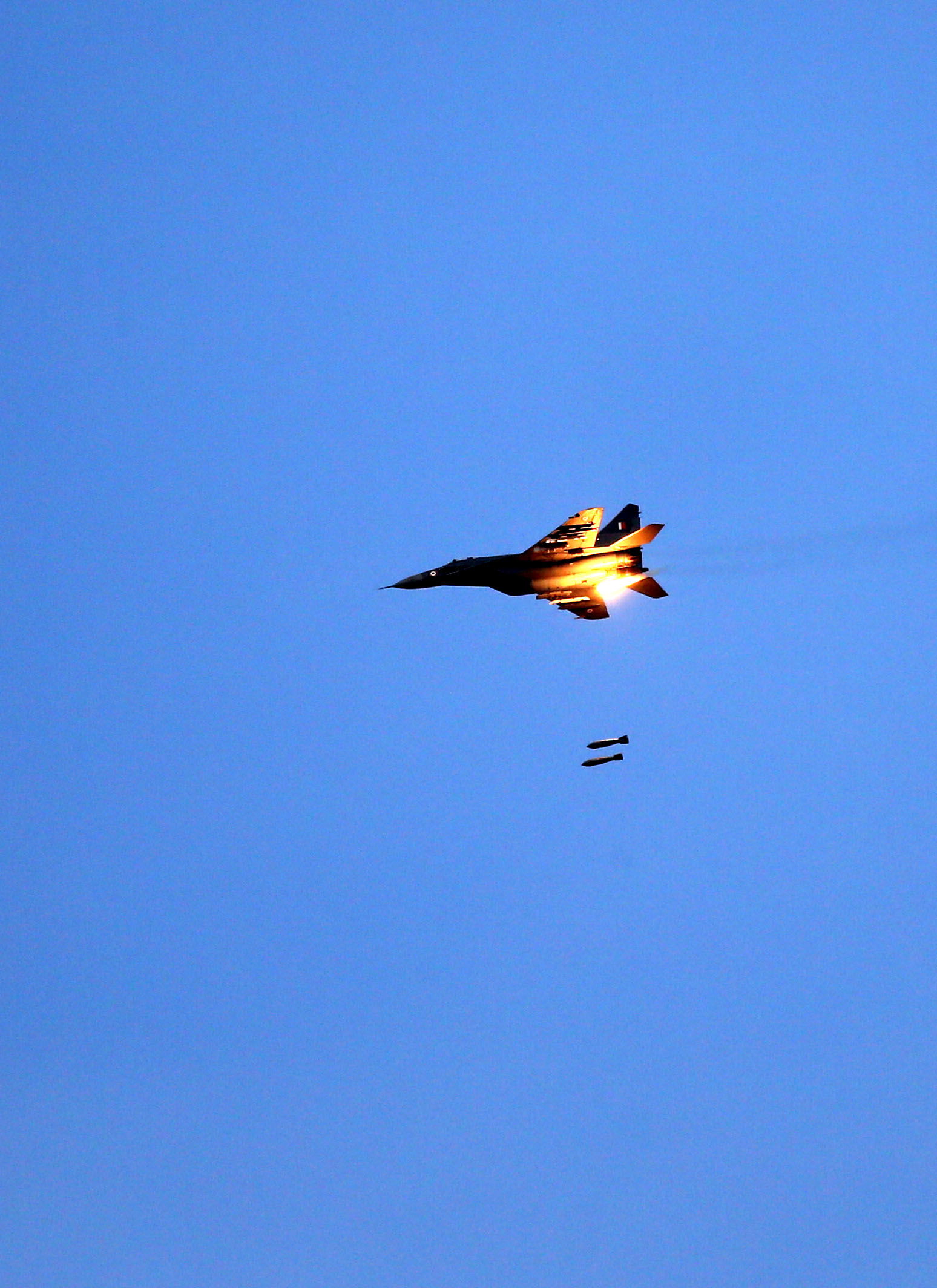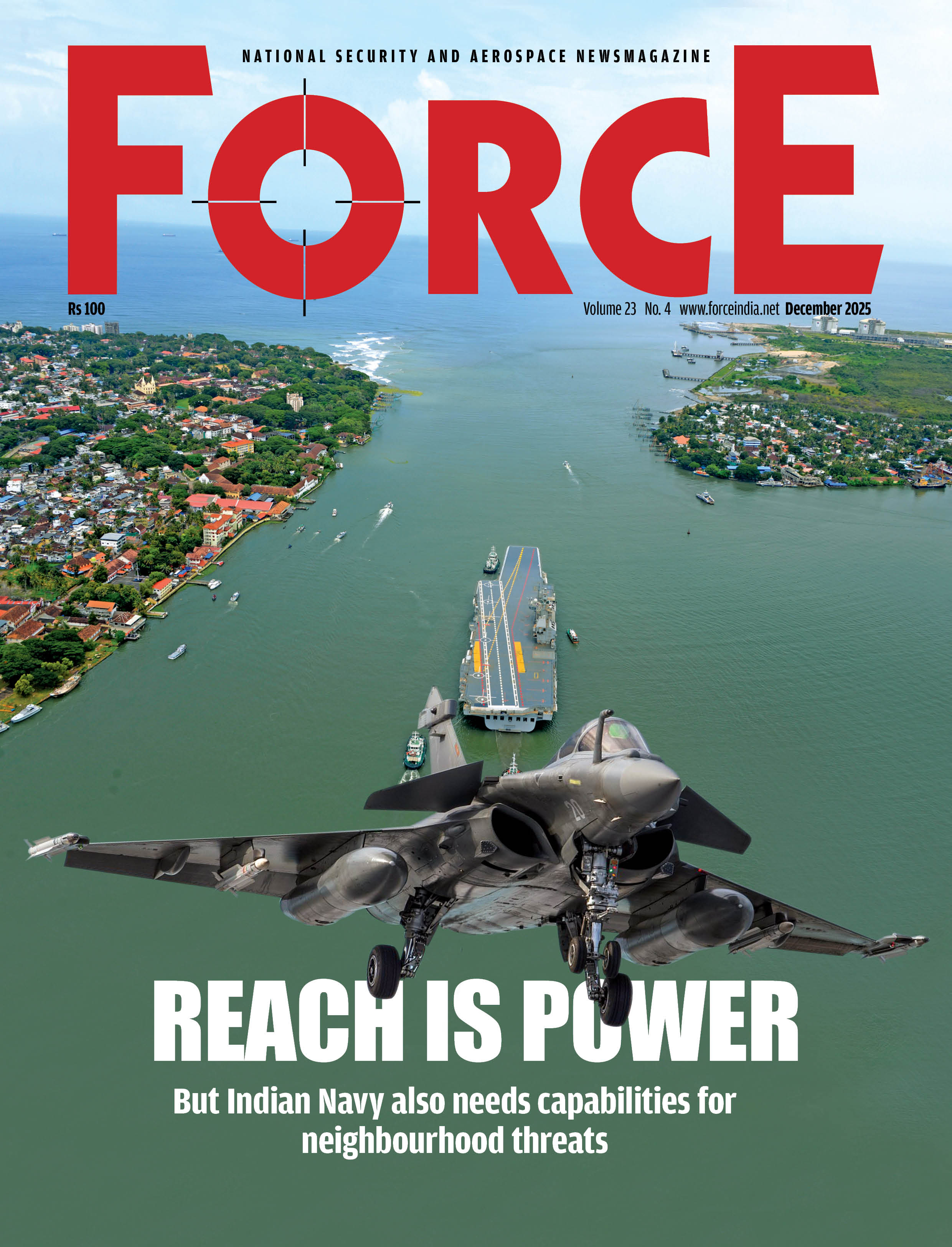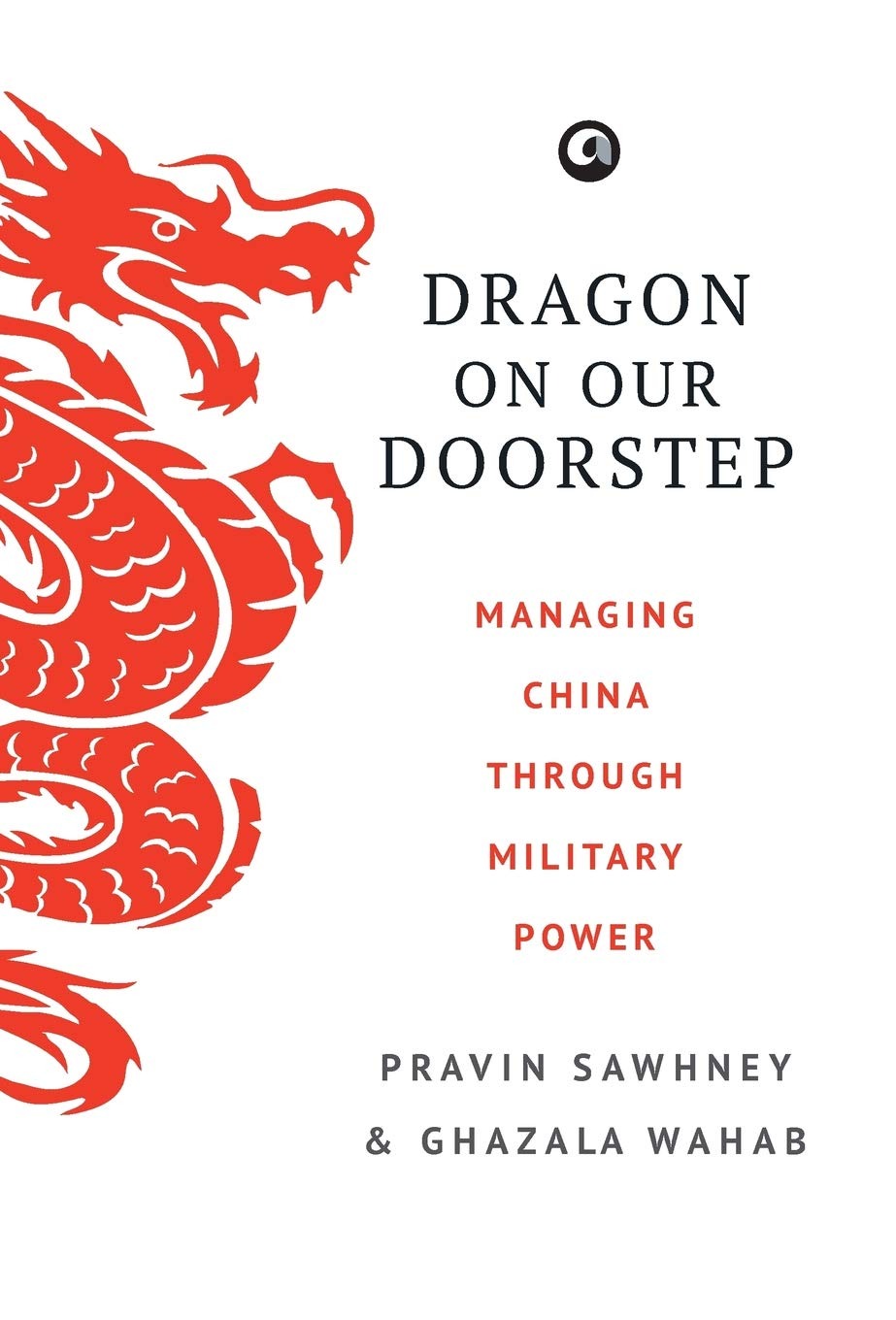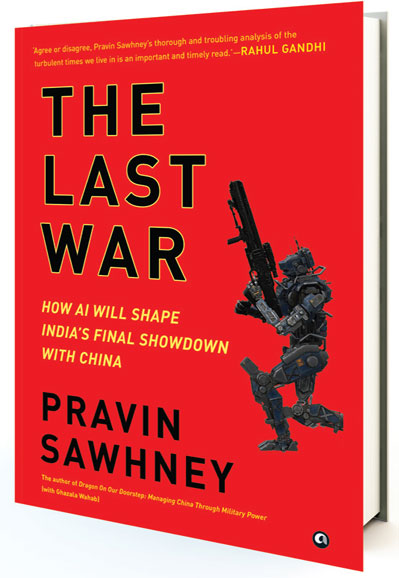Move With Caution
National interest and security must be kept above parochial service interests when planning for the future
 AVM Anil Golani
(retd)
AVM Anil Golani
(retd)
The debate on jointness, integration and theatre commands continues unabated as there seems to be a lack of a roadmap towards achieving the goal of desired synergy between the services. While a few steps have been taken and many comparisons made with other countries that have already trodden down this path, there is a need to have a clear understanding of the terminology and desired outcomes. The peculiar nature of the threats that India as a country is faced with and its culture and ethos also needs to be not only understood but also taken cognisance of while embarking on this journey. The recent face-off with Pakistan, ‘Op Sindoor’ was prescient in many ways and probably happened at an opportune moment for India to learn the right lessons going forward.
Jointness and integration have often been used interchangeably.
Jointness refers to the synergistic application of force with the aim of
combining the strengths of each service/ arm to produce greater effect and
avoid duplication. Each service would retain its independent identity and
structure while operating through a decision-making structure that involves
coordination and consensus with the forces operating together to achieve a
common goal.
Integration, on the other hand, would require the forces to be
structurally combined under a multi-service command, merging the identities of
the services into a composite whole. The authority in this case would vest with
a single commander who must fully understand the working of the merged services
to employ them effectively across domains. Jointness, as can be seen, is the
first step towards integration.
Theatre, on the other hand, refers to a specific geographical area or operational theatre where the individual services are unified under a single operational commander. Andaman and Nicobar Command (ANC) is an example of a theatre command where the forces are unified under a single operational commander. As can be seen, jointness is the first step towards integration. To achieve operational jointness, organisational jointness would therefore be a prerequisite. At the same time individual service culture, ethos and warfighting skills need to be not only preserved but continually honed to greater effect. A joint culture or ethos, though desirable may not be practicable.
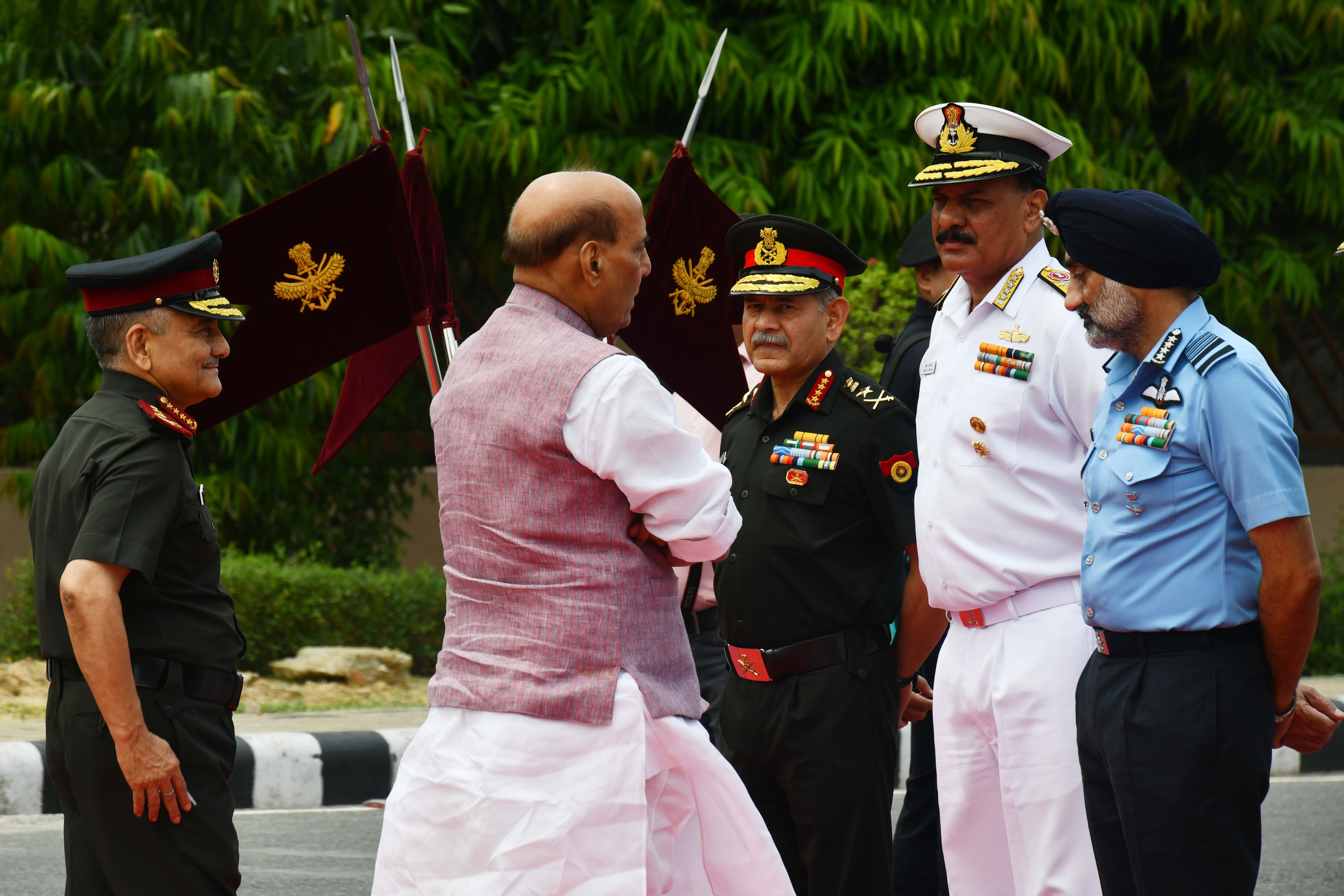
India faces a two-front challenge that acts in collusion and is unlikely to either go away or get resolved in the foreseeable future. Geopolitical contestation, failure of the rules-based world order, tariff wars and technology denial regimes only add to India’s woes. The journey and challenge of self-reliance or ‘aatmanirbharta’ that the nation has embarked upon is going to be long and arduous, though beneficial in the long term. The changing character of war that spreads across multiple domains and where anything can be weaponised as witnessed by recent and ongoing conflicts, only adds to the complexities.
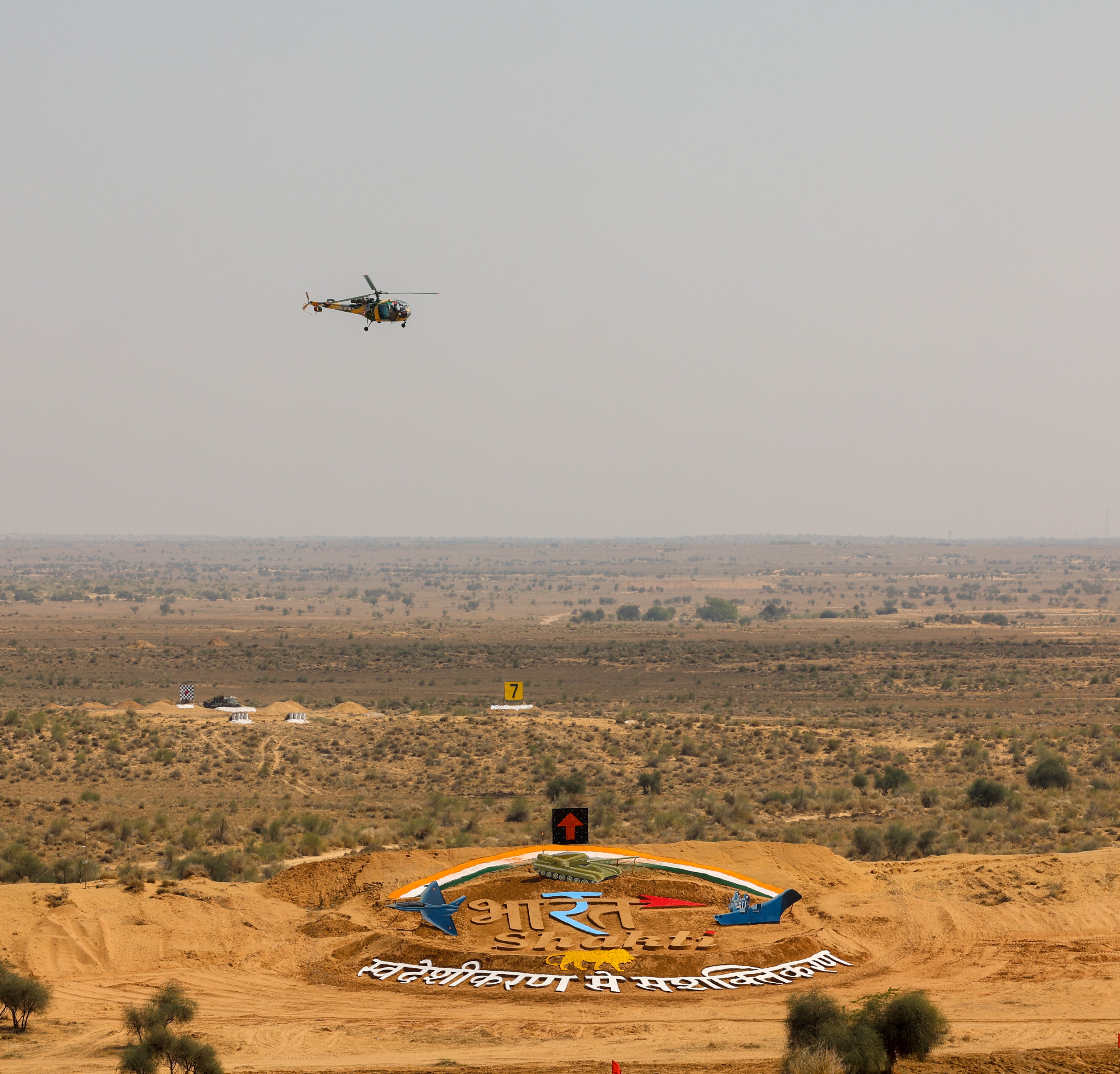
Against this backdrop and scenario any disruptive change may not augur well for national security. A bottoms-up approach that is graduated in its response and outcomes needs to be followed. Secure and common communication, joint training, logistics, professional military education, human resource management and policies, joint doctrines, armed forces law and joint capability development are some of the measures that have already been initiated since the creation of the CDS and DMA in 2019. These would take time to fructify and seep into the individual services and is a process that needs to be pursued relentlessly. The need for jointness and integration is felt acutely when faced with a crisis. The fact that India’s armed forces have risen to the challenge and ensured national security every time is reassuring no doubt. However, future wars would demand much more and the only way to counter these threats would demand the services to be well equipped, trained and organised to meet the challenges.
Operational planning and command and control presently is being done
separately by each service except for the strategic forces and the ANC. Joint
structures for cyber, space and special forces have been created and are
working effectively. Modern wars require not only integrated use of force
across multiple domains but a whole of nation approach to counter perceptions
in the cognitive domain as well. This fact is not only understood but also
accepted by the armed forces leadership. What then is the way out?
Creation of a joint operational planning structure at the apex level
where political objectives and decision-making merge seamlessly should be the
starting point. This was created on the fly after the Pahalgam terror attack
and worked effectively ensuring the unparalleled success of ‘Op Sindoor.’ A
detailed and deliberate analysis of this should lead to the creation of an
organisational structure that would respond to future threats.
India’s geography and its neighbourhood pose multifaceted challenges
that would require its armed forces to keep the powder dry for future wars. To
continuously adapt, reform, transform and perform is the key that would ensure
national security. This is a fact that is well understood by the senior
leadership of the armed forces, and many steps have been initiated towards
transformation. The cup may appear half full or half empty, but what needs to
be kept in mind is national interest and national security above parochial
service interests. The choice of weapon or instrument of force should bear
allegiance to national security over ownership by any single service.
(The writer is director general,
Centre for Aerospace Power and Strategic Studies)
Subscribe To Force
Fuel Fearless Journalism with Your Yearly Subscription
SUBSCRIBE NOW
We don’t tell you how to do your job…
But we put the environment in which you do your job in perspective, so that when you step out you do so with the complete picture.


